Restaurant Shiro: Fine Dining and Experience Branding
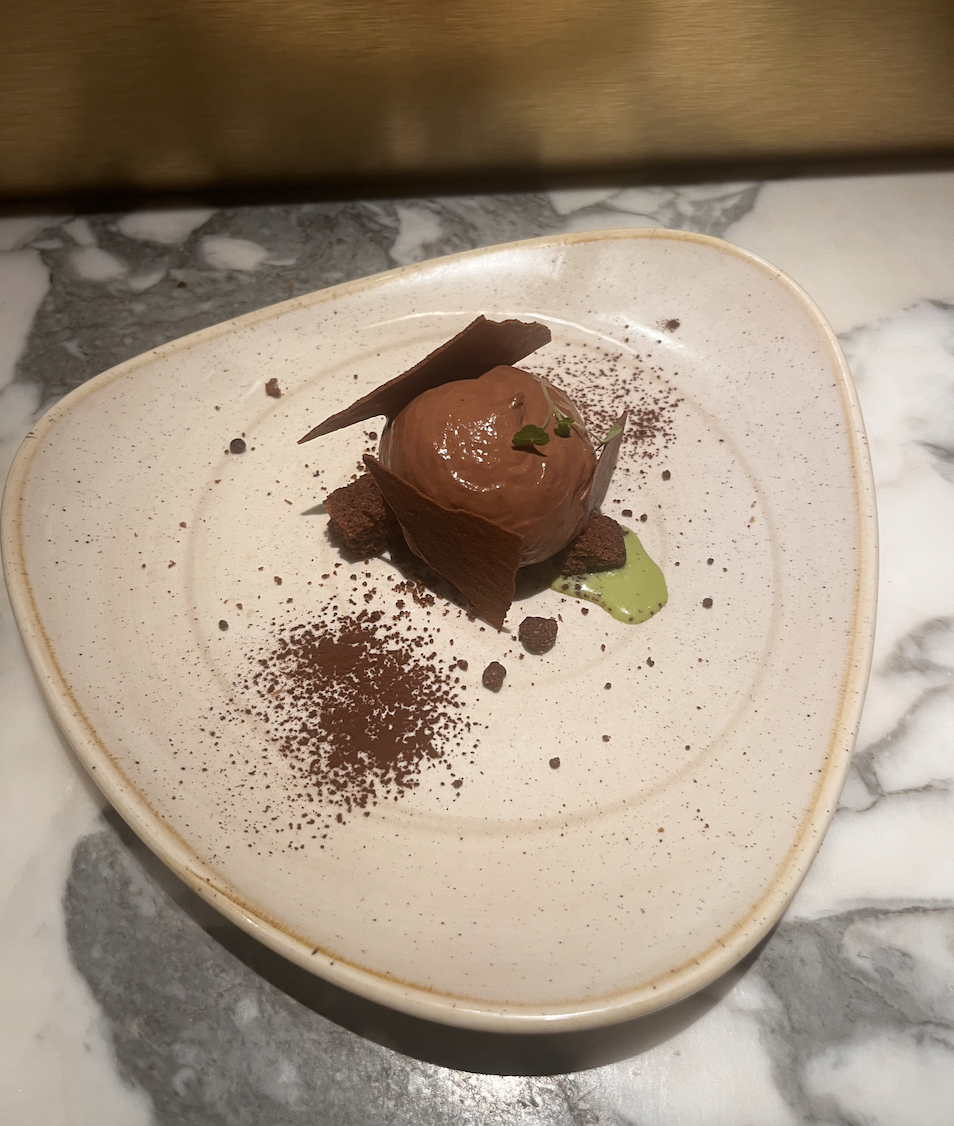
What is the allure to being placed on a restaurant's waitlist? Why are foodies willing to cough up large amounts for a special gastronomic experience? Is food an art, or is it the experience that is curated?
In an ever-expanding fine dining market, being unique and standing out requires seemingly unattainable superpowers. The line between 'fine' and 'gimmick' easily becomes blurred. Gimmicks often rely on spectacles or novelty for attention, using theatrics yet lacking in depth. Fine dining, however, relies first and foremost on culinary excellence and elevated experiences. It is a sort of quiet luxury that does not require sparklers, setting food on fire, or drinking champagne out of a baby's bottle (yes, that is a thing).
Shiro, a Franco-Japanese restaurant in the Saint-Germain-des-Prés area, is setting a great example of how new fine dining restaurants can make a name for themselves even in a city with an estimated 44,000 restaurants.
Here are four things that Shiro is doing right:
1. Storytelling
Chef Kazunari Hara, born in a Japanese seaside town named Saga, promises "to surprise you on an express round trip to the city of the rising sun." From the moment guests step into the restaurant, they are immersed in a journey that is personal and desirable. Each aspect of the restaurant creates an immersive and sensory experience of the promised narrative: zen ambiance created with oak wood, orchids and Japanese tapestries; the smoky and sweet flavors of Japan used in each dish; the ambient lighting and soft flute music. Every sense is immersed into a consistent narrative of travel.
There are many ways that new restaurants can create a personal narrative which is unique to their brand. Gloriafood's article on restaurant storytelling, explains that it requires a combination of emotional connection, memorability and consistency. The author says "In the ever-evolving world of restaurant marketing, storytelling isn’t just an option; it’s the secret ingredient to success."
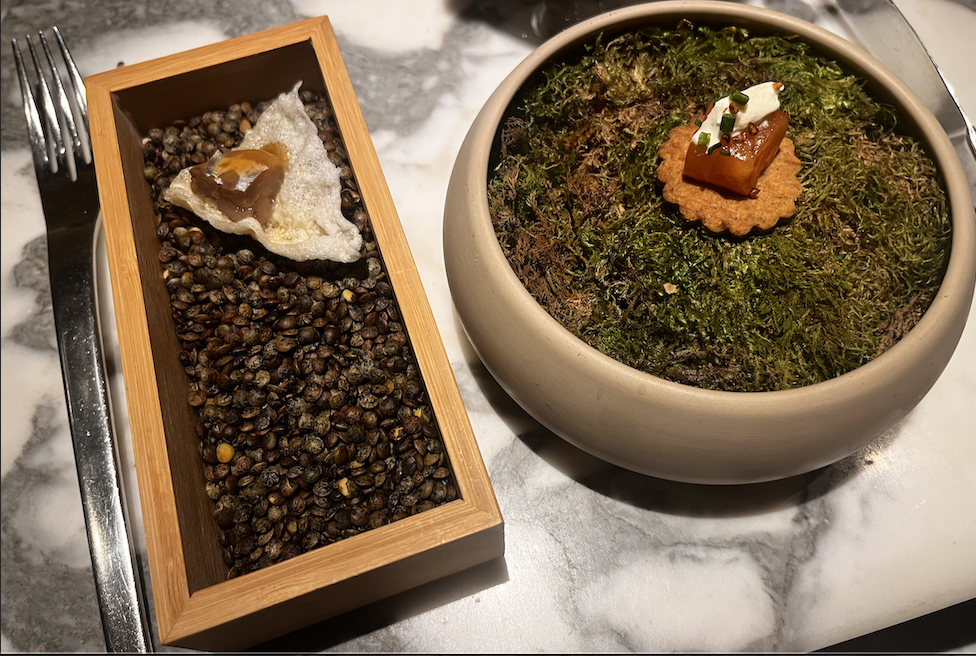
2. Trend Forecasting
The menu at Shiro is scanned using a QR code on a sleek black card. They title their menus as 'maps', which is noteably creative. Not only does it stay consistent with the restaurant's narrative, but it also keeps the envornment modern and playful.
Trend forecasting does not have to be complicated. A New York Times article said it perfectly, when it stated "Luxury will be found less in the cost or rarity of an ingredient but rather in the quality of a product that makes life easier, interesting and more fun." This could be making food and drink playful, through water sommeliers going viral on #WaterTok or wildflower food decor. Another example would be looking at technological innovations and ways to incorporate it into a restaurant setting, such as AR and VR menus.
This being said, there is not one answer to trend forecasting. However, if a restaurant that wants to stand out, it is essential to stay updated on trends that are showing success. Looking at Trend Reports posted by market forecasting companies, such as Mintel's Global Food and Drink Trends or Af&Co's Report, is the most accessible way to find future trend information. Mintel, for example, explains that an upcoming trend is hybrid harvests, in which "[f]ood and drink companies will need to illustrate how technology and agriculture work together to benefit consumers, farmers and the environment."
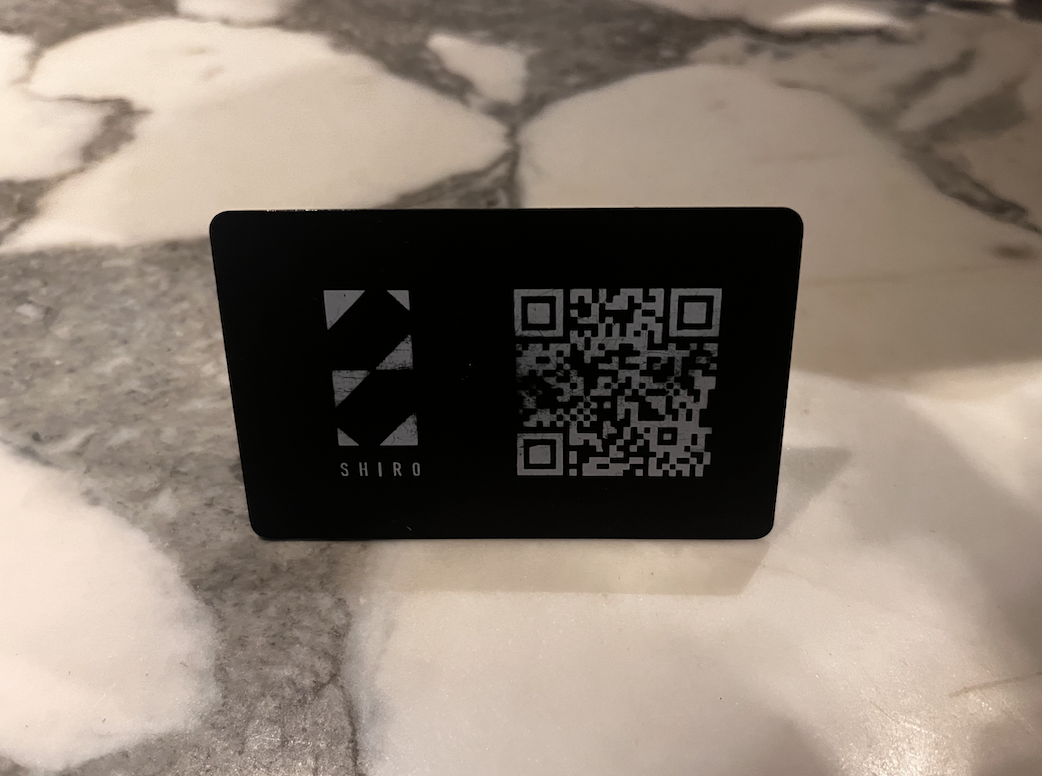
3. Phatic Communication
Phatic communication is one of Jackobson's Functions of Language, in which "phatic is the language in an interaction whose primary purpose is to maintain contact between the speakers." It is important for building social relationships and makes a restaurant much more memorable. This can be as simple as a "hello, how are you?''
Shiro, which means white or clear in Japanese, is what the Japanese chef named the restaurant. This follows through in their use of an open kitchen, where diners can see and interact directly with the chef and sous-chef. It creates a phatic connection and is a great feature in helping restaurants stand out and build emotional connections to their clientele.
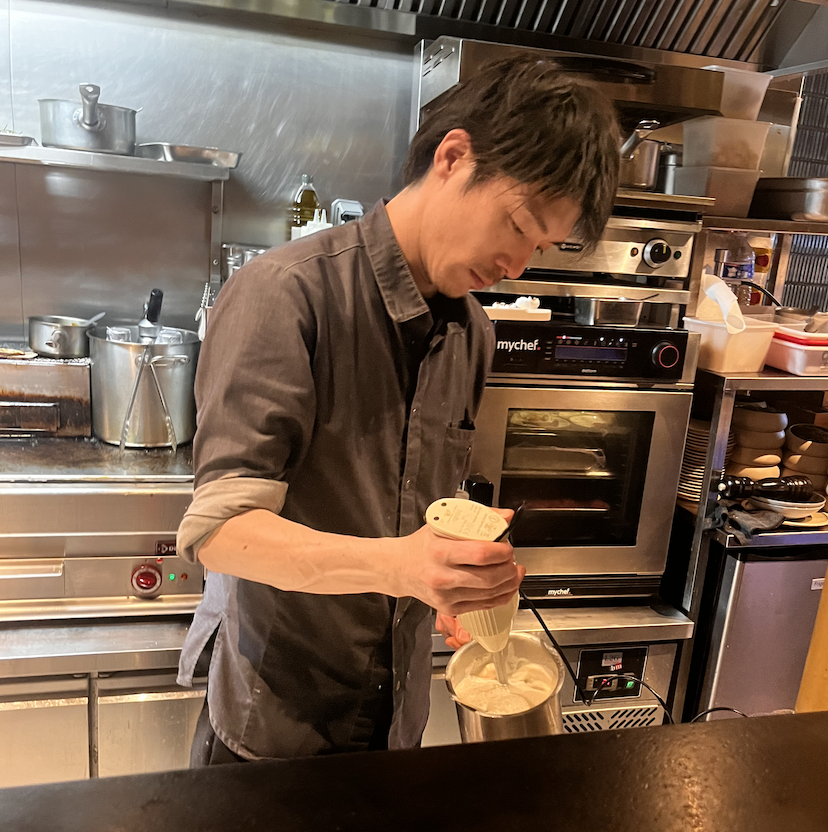
4. Meraki
Chef Kazunari Hara says the most important factors for a successful restaurant is quality products, understanding who you are cooking for, and heart. The reason his passion and talent, and every aspect of his values, create a successful result can be defined in one Greek word: Meraki. This word transcends the English language, but could be explained as "placing the essence of yourself into the work that you do." It beautifully encapsulates what the Shiro chef successfully does as he blends "memories, tradition and modernity" in his restaurant.
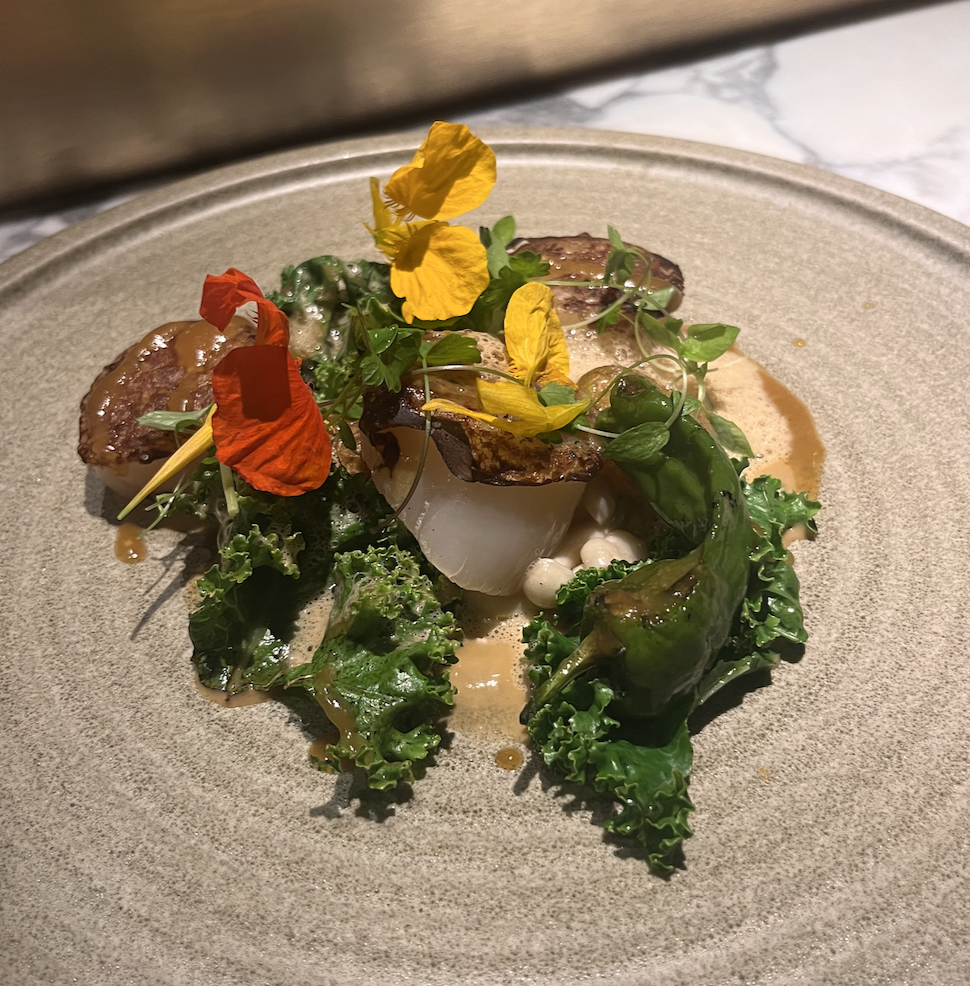
Shiro, 168 Boulevard Saint-Germain, 75006. Tel: 01 56 81 91 62.





